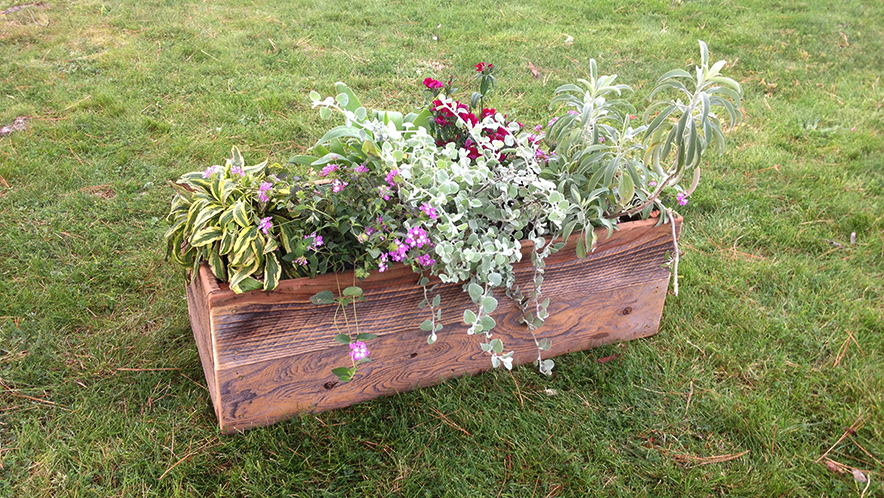How to Cultivate a Micro-Farm in a Small Urban Space

Urban living doesn’t have to mean sacrificing your green thumb. In fact, learning how to cultivate a micro-farm in a small urban space is more achievable than ever. With a bit of planning and the right tools, you can turn even the smallest outdoor area into a thriving raised bed garden. Whether you’re growing leafy greens on a patio, herbs on a balcony, or tomatoes beside your townhouse, raised beds are an ideal solution for maximizing your growing space, improving soil health, and enhancing your home’s sustainability.
Step 1: Plan Your Space Efficiently
Before you dive into planting, take a moment to assess your space and set goals for your garden. Consider:
- Sunlight Exposure – Most vegetables need at least 6 hours of direct sunlight. Track sun patterns and choose the sunniest spot for your beds.
- Accessibility – Make sure your beds are easy to reach for watering, harvesting, and maintenance.
- Water Access – Proximity to a water source will make irrigation much easier, especially during dry months.
- Drainage – Ensure the area doesn’t pool water after rain—raised beds help, but placement still matters.
At UrbanGardenWorkshop.com, we offer compact raised bed kits designed specifically for urban spaces. Whether you have a 4’x4’ patio or a narrow garden strip, our kits make efficient use of every square foot.
Step 2: Choose the Right Soil Blend
Soil is everything in gardening—especially when you’re working with raised beds. Urban soils are often compacted or contaminated, so using a fresh, nutrient-rich blend is key. We recommend:
- 50% high-quality topsoil – Provides structure and minerals.
- 30% compost – Adds organic matter and nutrients.
- 20% aeration material (like perlite or coarse sand) – Improves drainage and prevents compaction.
Top off your beds with a thin layer of mulch to retain moisture and suppress weeds. Don’t forget to amend with organic fertilizers every few weeks to keep your plants thriving.
Step 3: Select Your Raised Bed Garden Kit
Raised beds are not only functional—they can also enhance the aesthetic of your space. At UrbanGardenWorkshop.com, our handcrafted raised bed kits are made from untreated, sustainably sourced cedar and reclaimed wood, combining durability with natural beauty.
Choose from:
- Standard 3’x6′ Raised Planter Boxes – Great for vegetables and companion planting
- Compact Herb Planter Kits – Perfect for balconies and window-side gardens
- Deep-Root Boxes – Ideal for root vegetables like carrots and beets
Each kit is designed for easy DIY installation, no power tools required.
Step 4: Plant Smart and Seasonally
Once your beds are built and filled, it’s time to plant. Start with beginner-friendly crops that thrive in small spaces:
- Spring: lettuce, kale, peas, radishes
- Summer: tomatoes, peppers, basil, cucumbers
- Fall: spinach, carrots, garlic, chard
Use vertical supports like trellises or cages to maximize vertical space for vining crops. Rotate crops seasonally to maintain healthy soil and minimize pests.
Ready to Build Your Urban Garden?
Starting a raised bed garden in your small space is one of the most rewarding ways to reconnect with nature and grow your own fresh, organic food. If you’ve ever wondered how to cultivate a micro-farm in a small urban space, UrbanGardenWorkshop makes it easy with sustainable, space-conscious garden kits and expert support.
👉 Visit UrbanGardenWorkshop.com today to explore our handcrafted raised bed kits and start growing with confidence.
